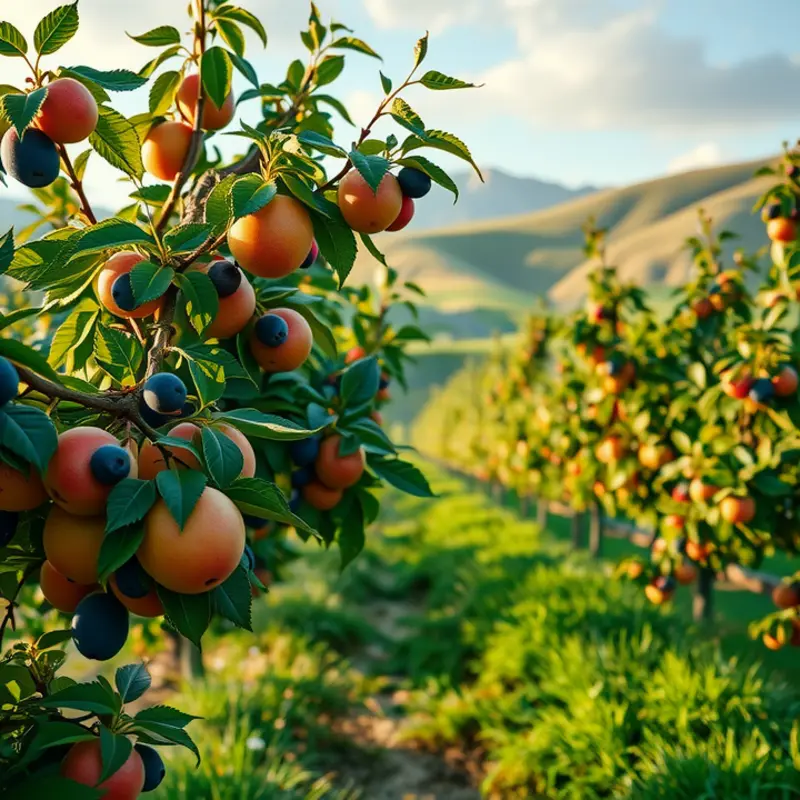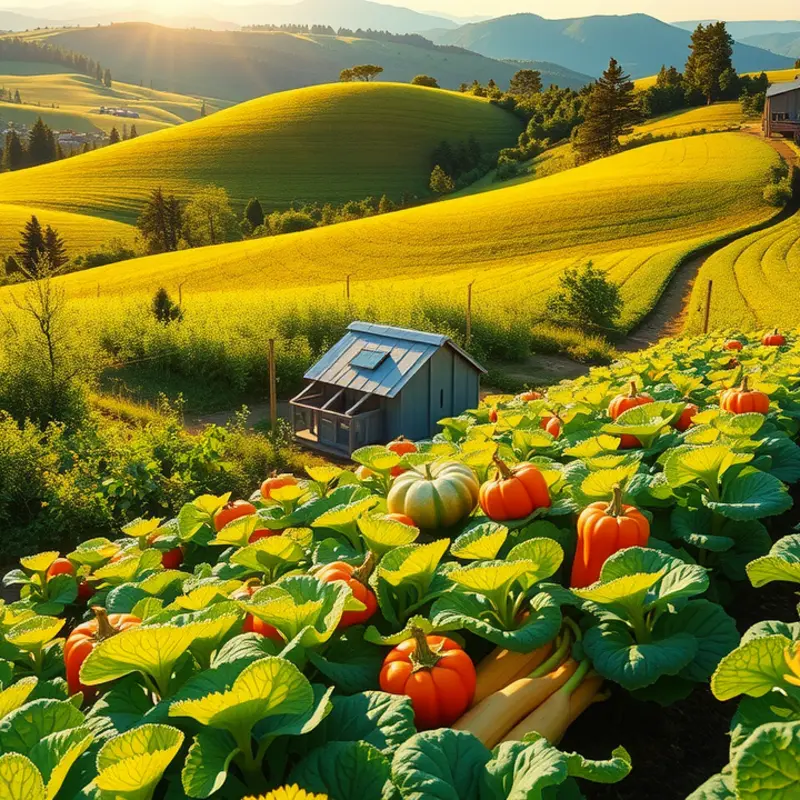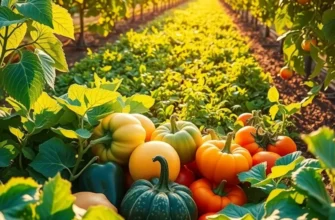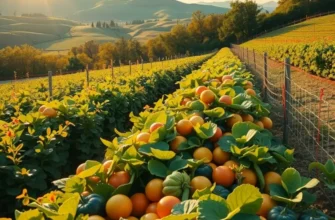Understanding where your food comes from is crucial for making sustainable choices. Food traceability empowers consumers to connect their meals with environmental impacts, promoting a healthier planet. By embracing traceability, you can support ethical farming practices, reduce your carbon footprint, and contribute to biodiversity. Dive into the essentials of food traceability and become a conscious customer who prioritizes eco-friendly choices.
Decoding Food Traceability: What You Need to Know

Understanding the journey your food takes from farm to fork is crucial for sustainable eating. Food traceability allows consumers to know exactly where their food comes from, what it has gone through, and how it reached them. With growing concerns about food safety and sustainable practices, traceability has become a critical component of modern food systems.
Traceability refers to the ability to track food products through every stage of production, processing, and distribution. This not only enhances transparency but also boosts consumer trust. Systems in place use technologies like GPS, barcodes, and RFID tags to collect and share data on food origins. With this information, consumers are empowered to make decisions that align with their eco-friendly lifestyle choices.
One of the main benefits of food traceability is its role in promoting sustainable practices. By examining the path that food takes, it’s easier to identify and eliminate inefficiencies that may harm the environment. For instance, choosing locally sourced produce reduces the carbon footprint generated by transportation.
Numerous certifications and labels guide consumers toward sustainable options. These include organic labels, fair-trade certifications, and non-GMO seals. Each serves a unique purpose, from ensuring ethical labor practices to minimizing chemical use on farms. It’s essential for consumers to familiarize themselves with these labels to make informed purchasing decisions.
Knowing the sources of food and its journey enables consumers to support farmers who utilize environmentally-friendly methods. This creates a ripple effect where demand for sustainable products encourages more producers to adopt eco-conscious practices.
Moreover, traceability helps in managing food safety. It allows quick and efficient recall of products in cases of contamination, ensuring safer consumption. This system is integral to maintaining the integrity of food quality, reinforcing consumer confidence in their purchases.
Educational resources and tools are available to assist consumers in learning more about food sources and traceability systems. Engaging with these platforms fosters a more profound understanding of the impacts of our food choices, promoting mindful consumption habits.
For those interested in integrating traceability into their daily lives, practical ingredient batching is an excellent start. By planning meals with traceable and sustainable ingredients, you contribute to an eco-friendly kitchen.
As food systems evolve, traceability becomes not just a tool, but a necessity for those striving to make environmentally responsible decisions. Embrace traceability to transform your plate into a planet-friendly ally, supporting a healthier planet for all.
Practical Steps to Embrace Food Traceability in Your Life

Understanding food traceability is only the beginning; bringing it into practice requires commitment and informed choices. Here are practical steps to integrate traceability in your daily eating habits.
Research Brands: Start by investigating the brands you purchase. Review their commitment to transparency and sustainability. Choose companies that openly share details about their sourcing and eco-friendly practices. This information can often be found on their official websites or sustainability reports.
Choose Local and Seasonal: Purchasing local and seasonal produce supports traceability by reducing the supply chain’s length. Visit farmer’s markets to meet producers face-to-face, discussing their methods and ethos. Seasonal items are typically fresher, require less transportation, and thus have a smaller carbon footprint.
Read and Understand Labels: Become proficient in reading food labels. Look for certifications that authenticate products as organic, fair trade, or sustainably harvested. These labels can provide assurance about the ecological and ethical standards of the food you consume.
Support Sustainability-Focused Businesses: Opt to support businesses committed to sustainable practices. Patronize stores and restaurants known for their eco-friendly initiatives and transparent sourcing policies. For instance, look for businesses recognized for reducing food waste and advocating for ethical supply chains.
Digital Tools and Apps: Leverage technology by using apps designed to track food from farm to table. These tools can provide insights into the origins of your groceries and help you make conscious decisions about what to buy.
Engage in Community Initiatives: Connect with local food networks and traceability programs. Engage in community-supported agriculture (CSA) where you can purchase directly from growers. Participate in workshops or events focusing on sustainable food systems to stay informed and connected.
Educate Yourself Continually: Stay updated on food traceability trends and practices. Follow blogs, like those focused on sustainable and eco-friendly kitchen storage, to gain insights into reducing waste and maximizing food potential sustainably.
Minimal Waste Cooking: Plan meals to minimize food waste, using strategies that align with traceability principles. This involves practical ingredient batching and using leftovers creatively to ensure nothing goes to waste.
By incorporating these steps, you’ll integrate food traceability into everyday choices, elevating your consumer responsibility. Not only does this enhance your personal health and wellbeing, but it also contributes to a healthier planet. Let the traceability journey guide you to make a positive impact with every meal.
Final words
Navigating the complexities of food traceability can be empowering for eco-conscious individuals. By understanding where your food comes from and how it impacts the environment, you can make informed choices that align with your values. From supporting sustainable producers to embracing local offerings, every decision counts in fostering a healthier planet. As consumers, your vigilance can drive change in the food industry, leading to improved practices that benefit both humanity and nature. Together, we can cultivate a more sustainable food system, one mindful choice at a time.








